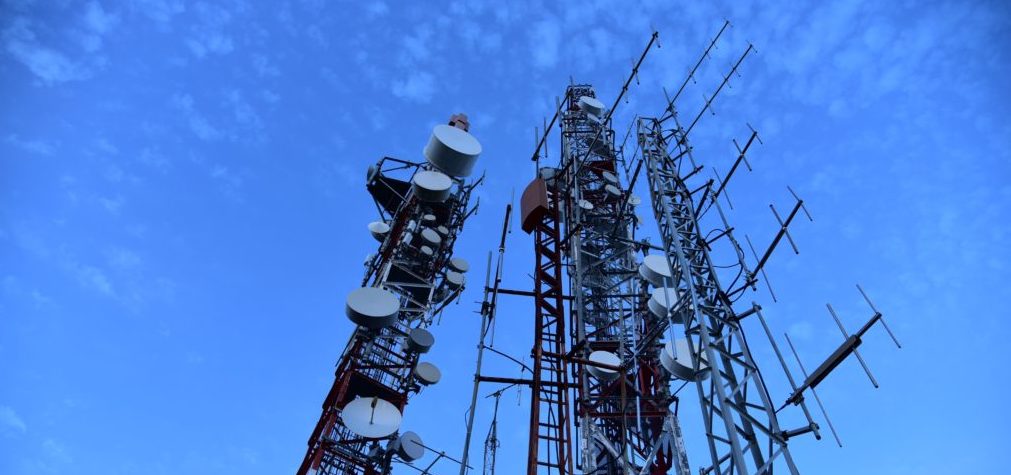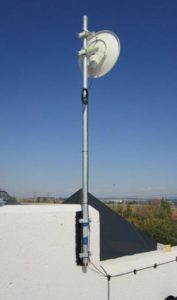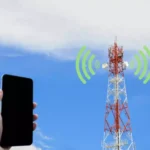
In previous years the communications industry was just developing its venture into the satellite space. Many internet service providers or ISPs were almost exclusively wired. For those that couldn’t get a wired connection, Wireless Internet Service Providers or WISPS bounced internet off of towers and others used Satellite connectivity. Before Starlink and other major providers hit the space older providers used there technology but had some major fallbacks that we’ll discuss here.
How did it work?
To those in the urban areas, the aspect satellite-based internet seemed a bit foreign as services are usually provided by cable directly ran to your home. With satellite-based service, an antenna like a cable TV dish is installed on your roof or a higher structure. It sends or receives a signal from satellite some 22,000 miles away – relays the info to a base station on the ground to a Network Center- sends it back to the satellite – then arrives to you.
The Problem
Say you’ve moved from a rural area and built the home of your dreams in an isolated rural area. You plan for your Phone and TV to be installed but when it comes to Internet, theres no ISP that will run a line to your house so you can’t get internet for your home. In these cases, a wireless service through satellite is provided so cable lines don’t need to be trenched to your home.
How it Helped
In essence, this was another avenue for your connection to the web when you couldn’t get it in traditional ways. It always remained on, so it didn’t rely on dialing up using a dated method. Legacy Satellite also was faster than the older DSL standard of having internet. Even though it’s traveling through the air, your information was encrypted so your sensitive data is secure. For the optimal installation, this solution gave you enough for Emails, web surfing, and some streaming. Though, since it’s such a different method of sending data, it can have its limitations.
Drawbacks
Speed: With a wired connection, some peak speeds that can be achieved with higher-end consumer grade plans are in the 500mbps to 1gbps range (or 1,000mbps). Most higher-grade satellite plans will get you around 25 to 50mbps but can come at a price.
Price: With the maintenance of advanced satellites and network stations, most prices will be higher than their cabled counterpart. And the price didn’t guarantee speeds. Even though you could be be paying for a 25 mbps package, thats only an “up to” speed meaning you could receive anywhere from 1-25 mbps not 25 all the time.
Data Caps: With some providers, the amount of data that you receive to use can be limited or capped at a certain amount. Others would be unlimited but slowed your speeds after a certain amount of data used
Range: Most modems supplied with this service usually help broadcast within a limited area depending on obstructions. This is simply due to many providers supplying a very basic router and in one location. Wired providers can suffer from this limitation as well.
For some help check out our blogs on Wi-Fi on our website on how you can improve your Wi-Fi signal. If you still need a boost, CellTeks can help you get seamless coverage.
Other Solutions
For the best solution when you have satellite internet but doesn’t reach, our services give you a large blanket of coverage that expands the range of your current router. If you still need to decide on whether satellite is the best for you, also consider Starlink as a speedier solution. It may not be available in your area but has already improved speeds for many people. Contact us here to discuss how this can be installed by your signal booster experts, CellTeks.





Dickson Meti
Know nothing about.But We the community really needs something like that.
Alphonse Angun
I have 4g phone and delay internet connection please needs your assistance in unlimited access data
Alphonse Angun
I want fast internet connection and unlimited access data from your company
Anderson Mark
Really great initiative taken to cover people residing in remote places. Appreciated.